If you’re searching for raised bed ideas for your garden, whether for vegetables or flowers or something else, this guide will help you decide which design is right for you. I happen to have a raised bed addiction. Once you’ve built one raised bed, it gets easier to convince yourself to build another, and another, and another. And so on until you run out of room!
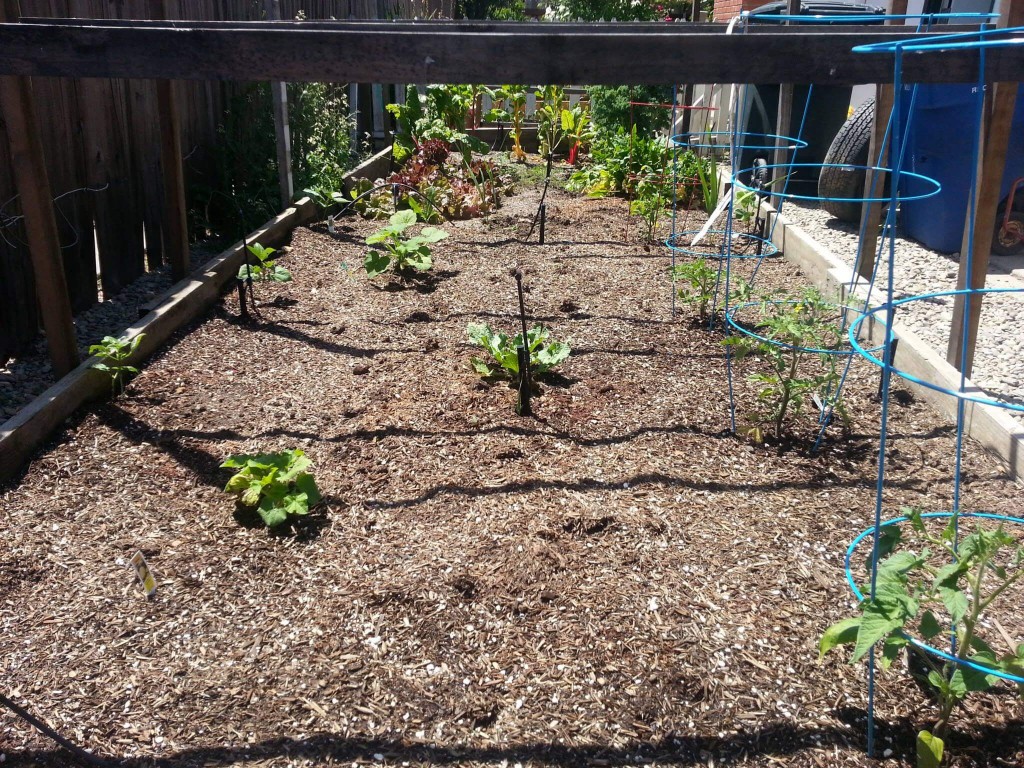
My initial foray into raised beds happened about 5 years ago, after I constructed a huge 22-foot by 6-foot raised bed and filled it with dirt and manure. I planted plenty of veggies, not expecting a large yield the first year. Then this happened.
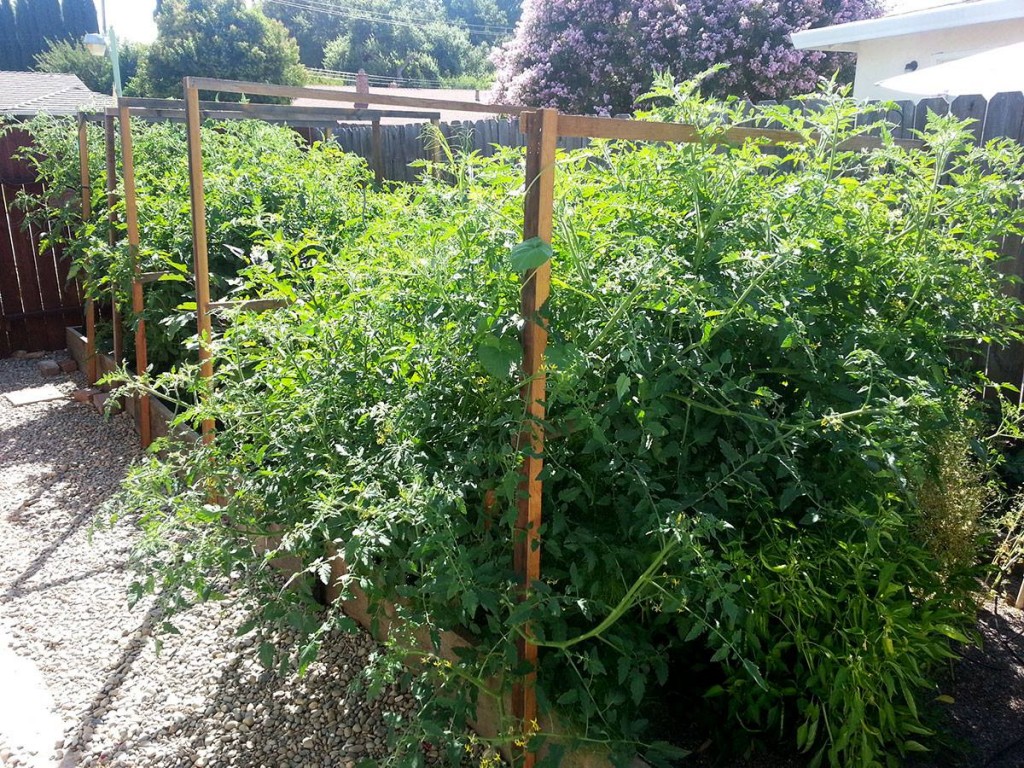
I was overwhelmed with an abundance of tomatoes, squash, cucumbers, beans, chilies, and eggplants. I wanted to do it again. More. Bigger. I had a hunger. A hunger for more raised beds! So I built two more 8-foot by 4-foot beds. I acquired some potted plants and planted some trees.
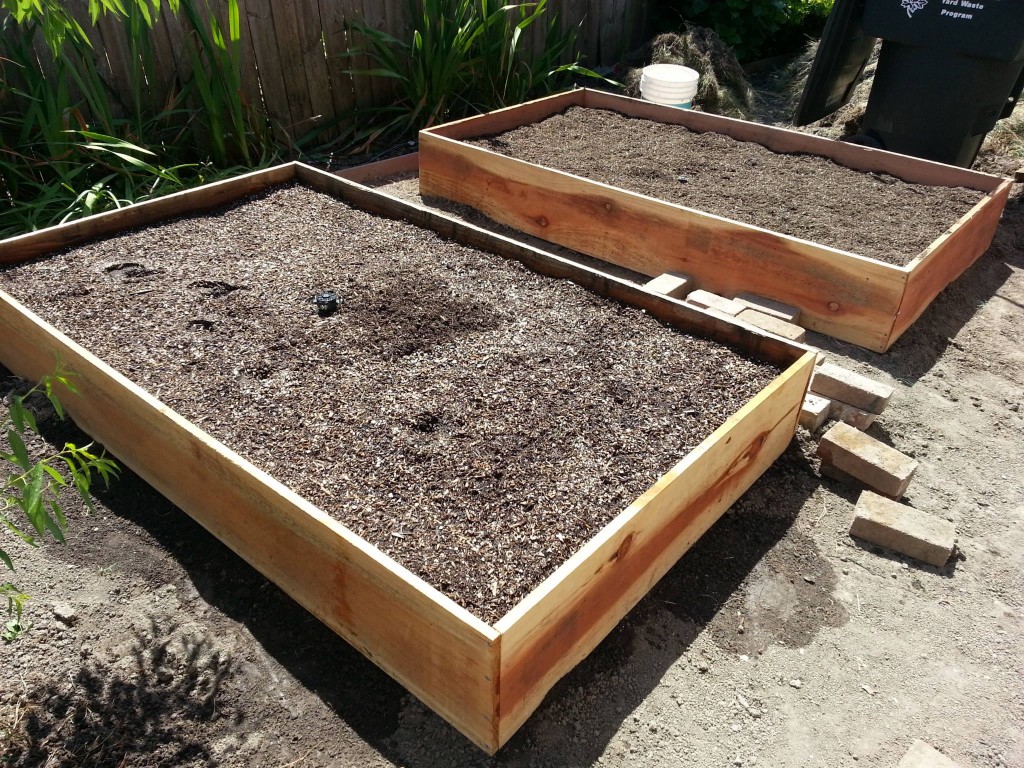
By now, I had a great growing space with enough produce to keep me sustainable during the summer months. I had enough food to eat every day, plus I could share with friends and family comfortably. Still, I yearned for more.
I had several large trees in the backyard which were shading quite a lot. I couldn’t do much with those. As luck, either good or bad, would have it, they were stricken by disease and slowly died over the next few years. I planned and plotted. Pun intended. With the trees gone as of this year, the yard opened up to so much more space and sunlight opportunities.
Looking back at my year-round garden growth, I didn’t want the new areas of sunshine and garden produce to look so haphazard. I had a beautiful view of the yard from the house and wanted to balance between function and aesthetically pleasing.
I knew I wanted to utilize raised beds. I had about 5 years under my belt of knowing what generally worked in my growing zone and yard. I’ve experimented with multiple growing techniques.
Table of Contents
Straw Bales
For several growing seasons, I planted veggies inside straw bales. The bales decompose over several years and provide excellent aeration for the root systems. Plants seemed to do pretty well during the spring months, but once the hot Sacramento summers hit, I couldn’t keep up with the watering. This was no longer an effective method. From a visual and aesthetic standpoint, bales of straw did look pretty cool.
Pots and Planters
For every year of my produce growing, I’ve utilized pots and planters from extra wood. I faced similar problems with the straw bales – the soil dried out incredibly fast during the summer months, often killing plants or keeping them from producing. This year, I finally decided to invest in a 6 foot planter box as the longer width not only provided more surface area for my plants, but the deeper box served as a reservoir of water – something that was desperately needed during the hot summers. Now my vegetables stay hydrated and healthy all summer long.
In growing chilies, I had mixed results. Some of the chilies produced some deliciously hot peppers, and some really wanted that extra water to get past the flowering stage. I currently have my pots reserved for herbs, which makes it easy to bring under cover during the winter and frost months.
Raised Garden Bed Benefits
Keeping to raised beds became the easy choice. I could build something beautiful and keep the plants exceptionally happy. Raised garden beds offer so many benefits in organizing and caring for the produce.
- Fewer weeds
- Less tilling
- Less compaction of soil
- Versatile in size and shape
- Can plant in groups instead of rows – or both!
Planning the Raised Beds
Having built and used both a gigantic raised bed and smaller standard sizes, I know the future raised beds will keep to a smaller size.
In building one giant bed, I found there was a lot of wasted space and soil. Stepping on the soil compacts it, which defeats one of the main benefits.
Keeping to a 4-foot width allows easy reaching from both sides. The beds are not narrow enough to dry out the soil quickly, and wide enough for 2 or 3 rows of plants, depending on what is being grown. I’ve considered going to 3 1/2 feet, however, that would waste wood, based on the standard lengths wood is sold by.
The large bed used 2-inch thick redwood. The smaller beds used 1-inch thick redwood. The 1-inch lumber seemed to not hold up nearly as well, which was both surprising and disappointing. The future raised beds will certainly keep to a thicker board.
With the opportunity to start fresh, I wanted to truly compare and evaluate different options.
Types of Materials for Raised Beds
The first set of considerations are the primary materials. My decision came down to the overall price and planned aesthetics. Any of these materials would allow for organic gardening.
- Corrugated metal
- Concrete
- Stone
- Wood
- Drilling, cutting & polishing tools (quality grinder with a few CBN and diamond grinding wheels will cover the cutting and drilling).
Corrugated Metal Raised Bed
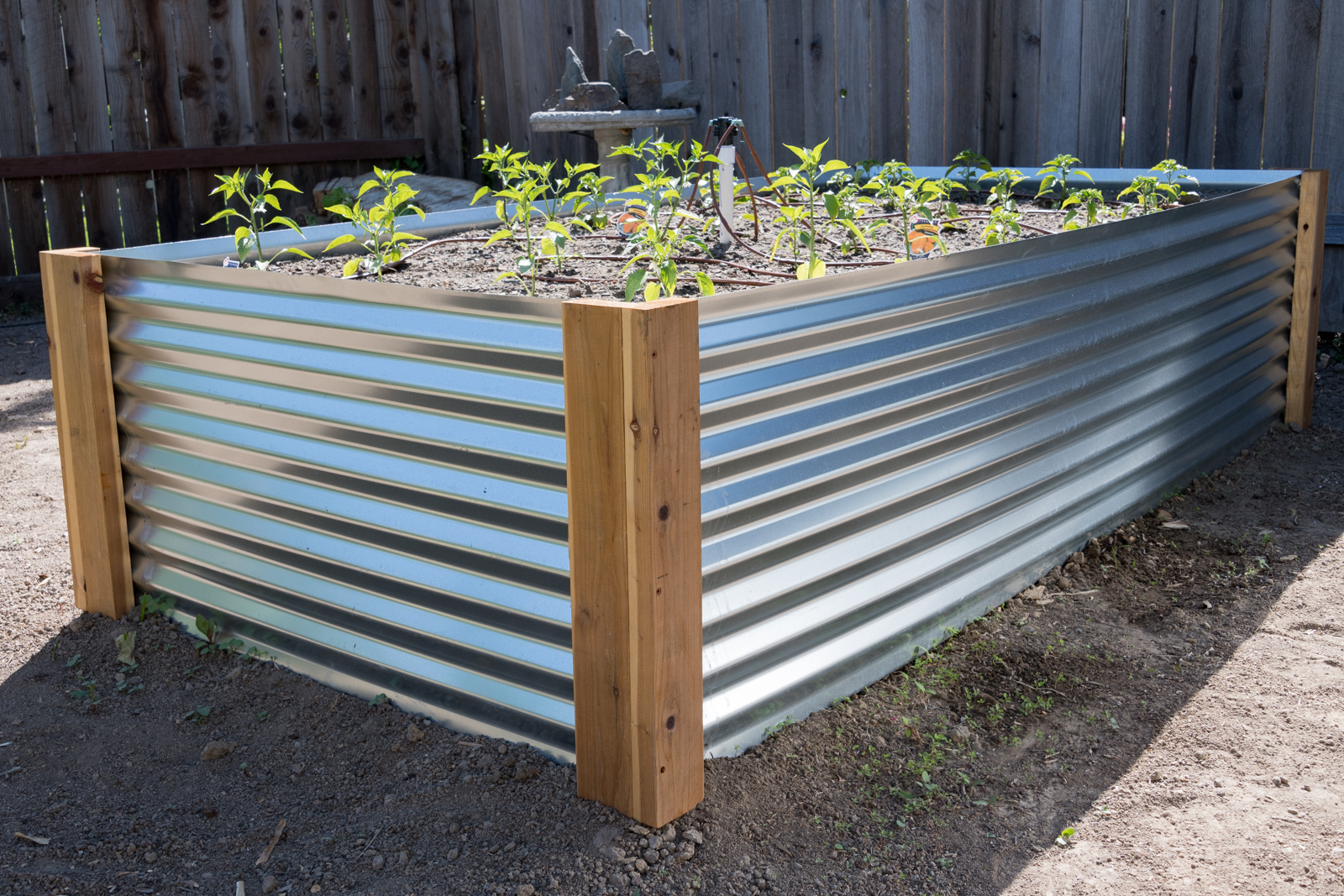
A sturdy and aesthetically pleasing type of raised bed, the metal against soil will last much longer than untreated wood. It also will hold up a bit better than the occasional shovel hit. I’ve had redwood beds for about 6 years now and accidental shoveling seems to be the biggest wearer and tearer on the very soft insides from constant moisture.
After writing this comparison post up, I ended up going with corrugated metal raised garden beds, as pictured above.
The galvanized metal will leech a small mount of zinc into the soil, and poses no toxicity to human consumption.
Cost to build a 4’x8′ raised bed:
$15 per 2’x8′ corrugated sheet. 3 sheets needed.
$30 per 2 in. x 6 in. x 16 ft common redwood for framing. 2 pieces needed with 8′ leftover.
$20 per 4in x 4in x 8 ft common redwood for corners. 1 piece needed.
Total cost: $125, plus screws and other misc hardware.
Cinder Block Raised Bed
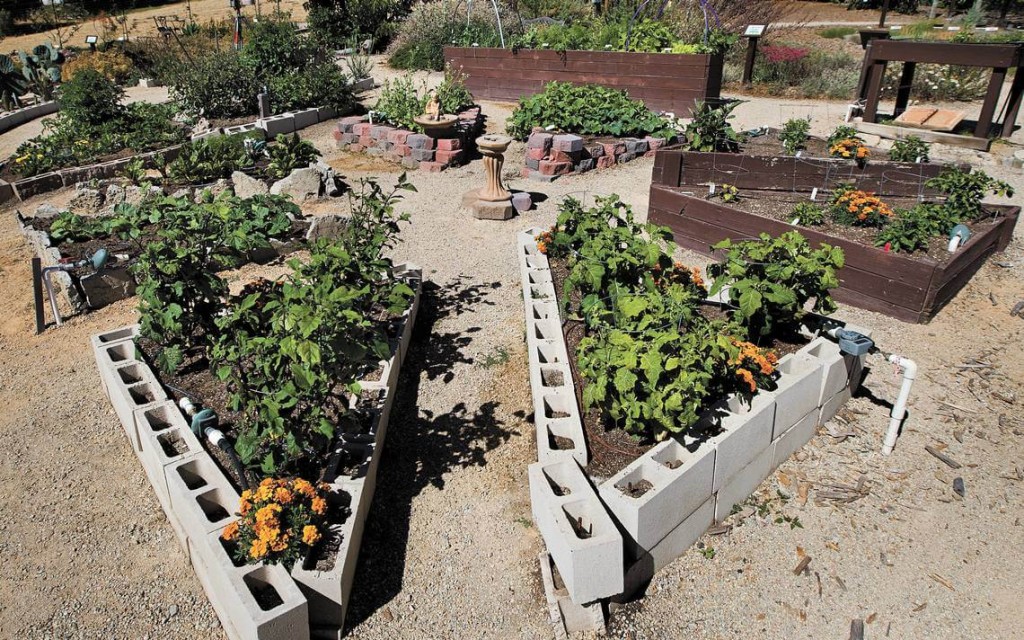
Cinder blocks tie in really well with a mid-century modern look and offer a ton of flexibility in shape and size. The downside is they do require grouting and mortar if you want them to have nice lines. The blocks are prone to crumbling and breaking from the moisture and pressure, but are easy repairs.
Cost to build a 4’x8′ raised bed:
$2 per 16 in x 8 in x 8 in concrete cinder block. 46 needed.
You will also need to fill the holes in the bricks with fill dirt so they don’t break from pressure and mortar the blocks together for a seamless looking structure. The photo above has un-grouted blocks which don’t hold the same aesthetics I am seeking, although I do love the triangles which would be relevant to portions of the yard. Concrete blocks certainly allow for more creative uses in space efficiency.
Total cost: $72, plus mortar and fill dirt.
Retaining Wall Block Raised Bed
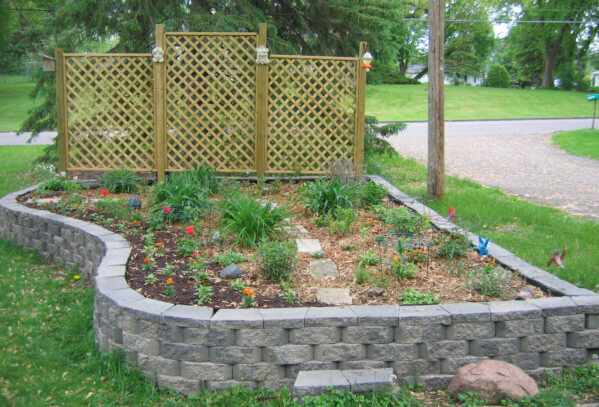
Retaining wall blocks are a bit different than the concrete blocks. The retaining blocks can interlock, which means they have better stability during freeze-thaw-rain cycles and the expansion of soil. They are also much more decorative and can look beautiful. I love the looks of overflowing gardens with retaining walls.
In searching around for examples and other gardeners experiences, it seemed like most gardens using retaining wall blocks were focused on curves and flowers. Choosing retaining wall blocks is certainly something which would add more value to the home.
Cost to build a 4’x8′ raised bed:
$2 per 4 in. x 11.75 in. x 6.75 in. 24 per level. 3 high to a foot high would be 72 blocks. No mortar or fill dirt necessary, as compared to a cinder block.
$4 per 3in. x 8 in. x 16 in. tumbled top paver for the ledge. 23 total including corner accommodations.
Total cost: $236.
Stacked Stone Raised Bed
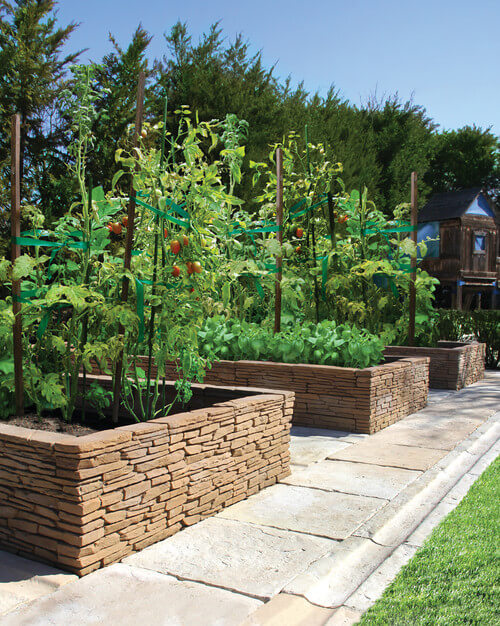
The use of stacked stone is akin to the stacked field stone walls I’ve seen throughout my adventures in the South, from Kentucky, Tennessee, and Georgia. They are breathtaking and versatile in use.
Labor intensive with plenty of mortar, stacked stone is beautifully Mediterranean. Many gardeners going with this look have been able to successfully incorporate seamless water features and pathways.
Cost to build a 4’x8′ raised bed:
$3 per 16 in. x 8 in. x 4 in, built to 1 ft. high, requires 48 blocks.
Total cost: $144, plus mortar.
Wood Raised Bed
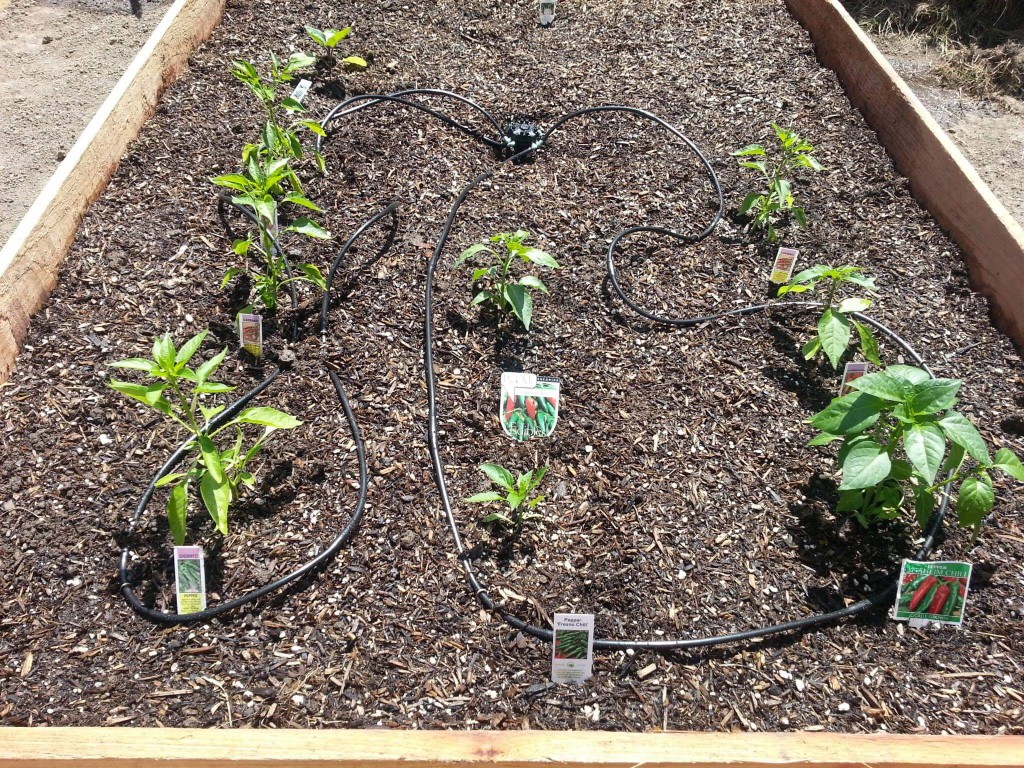
Wood beds are a classic standby. Beautiful and easy.
However, there are a lot of different ways to go. Which type of wood? How thick do you want your beds? You can go 1 inch thick or 2 inches thick. After using both thicknesses, I certainly prefer 2 inches thick lumber for my beds.
Types of Wood for Wooden Raised Beds
No matter which type of wood you end up using, it is absolutely important to only use untreated lumber.
Redwood – easy to acquire at home improvement stores and available in 1 or 2-inch widths. 2 x 12 x 144 common redwood is $55, with 2 needed per bed. $110 total for a raised bed. 1 x 12 x 96 common redwood is $20, with 2 needed per bed. $40 total for a raised bed.
Cedar – hard to find at the big home improvement stores in these larger sizes. Usually only found in prebuilt kits. A 4 ft. x 4 ft. x 7 in. kit from the local big box store was $70 and is modular. $140 total for a 4×8 raised bed.
Black Locust – Exotic. Known as a type of decking that can last “forever.” Used for watercraft. Estimated price for 2 pieces at 1 x 12 x 96 is $180 total for a raised bed.
Which Type of Raised Bed Is Right for You?
Writing down the different types of raised beds and comparing materials helped immensely in figuring out route is the way for me. My current beds are 1 foot in height, but if I have an opportunity, I’d like to bring them up to 2 feet and build a ledge. This would add so much in aesthetic appeal
The cheapest raised bed by far would be the 1-inch width redwood, priced at $40. I’ve learned that your garden bed will last longer with thicker wood, but if you’re on a budget, this is a good option. Going full wood will also mean building a lower bed.
The most expensive raised bed to build uses retaining wall blocks, at $236. Considering how much space I intend to fill with a garden, this will be a bit cost prohibitive for my budget.
I was pleasantly surprised by the cost of corrugated beds. The flexibility will be good for my oddly shaped yard. An additional consideration will be how corrugated beds respond to the slope and grading of my yard, which is far from level. I might throw some rock options into the mix, based on some ideas scrapped together from around the interwebs. From here, I’ll be measuring and putting down scrap wood to test layouts. Planting season is fast approaching within weeks – its time to get these hands dirty.
In the end, I went with the corrugated metal raised beds. They turned out incredibly beautiful. Read the full post about it here: How to Build a Raised Metal Garden Bed.
- About the Author
- Latest Posts
I strive to paint vivid landscapes with my words, bringing the magic of far-off lands and enchanting aromas to life for my readers. Combine passion for exploration and the art of gastronomy in an unending ode to the senses. When I’m not traversing the globe, I find solace in the earth beneath my fingertips, tending to my garden and working on projects around my verdant oasis. MK Library serves as a beacon, guiding fellow travelers and homebodies alike to embrace sustainability, nurturing both our planet and our souls with purpose. Full Bio.


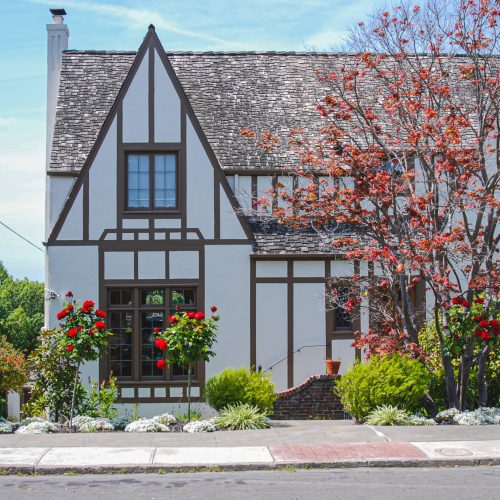

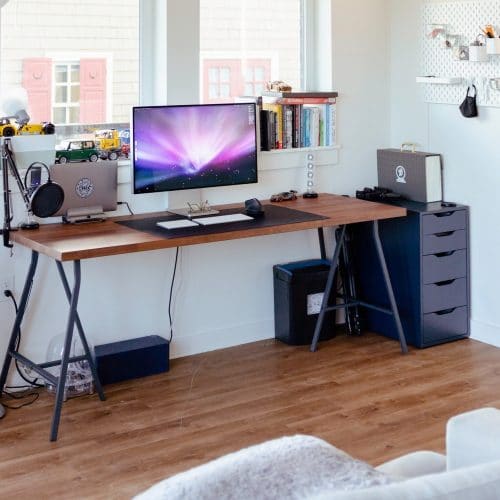
I love raised garden beds – they give you so much more control over the soil that you grow your vegetables in and make things so much easier. Thanks for sharing!
I used to live in a house with a ton of raised beds and was able to grow a few things. I miss it! It was definitely therapeutic. But now I live in an apartment and travel too much to garden, but I’d like to at least grow some herbs to have on hand for cooking.
Cool use of space. I have a bunch of room in the backyard that needs to be pretty-ed up. I might do a couple of these. Thanks
What amazing ideas and inspiration for raised garden beds! Now that my husband is about to retire, I may have to add a few of these to his honey-do list! Thank you so much for this comprehensive raised-bed-gardening guide!
I’ve been wanting to do this but wasn’t even sure where to start! Such great detail thank you so much for sharing!
Every Spring I tell myself I’m going to put in a raised bed and never do. This is a great post to get me motivated!!
I’m going to share this with my husband! We’ve been talking about putting in some raised beds for a couple years now and this will be a great resource. Thanks!
This is super cool. Would love to make my own raised garden bed one day!